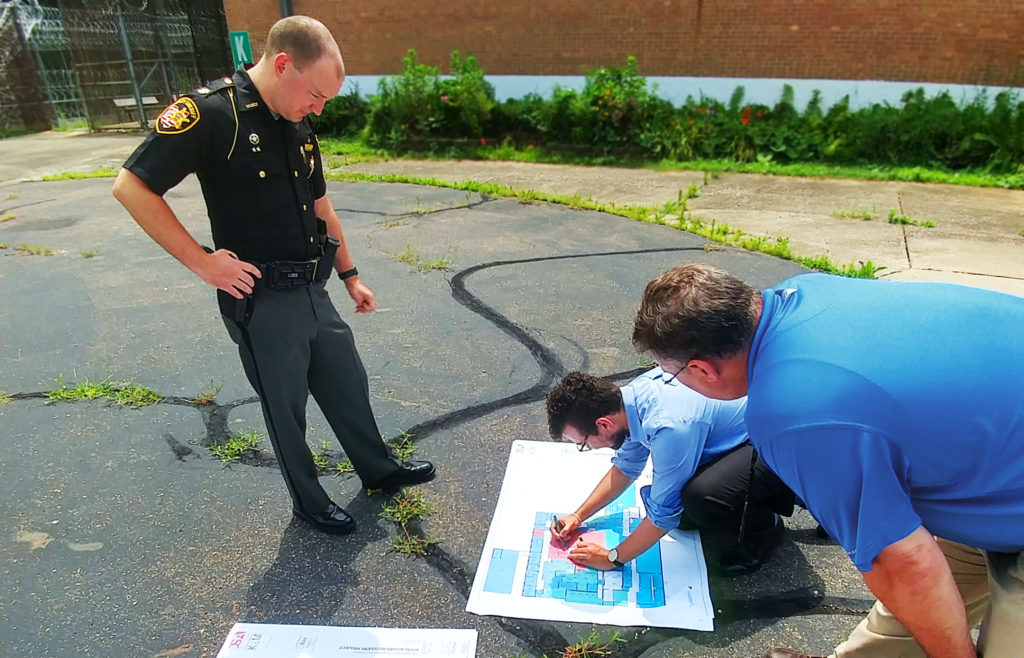
Studies have shown that when inmates addicted to opioids are released, their chances of fatal overdoes are significantly higher than the general population. The opioid crisis has plagued communities across the United States, and the Appalachian region has been no exception. As one of the poorest areas of the country, resources to combat addiction aren’t as easy to come by.
After the Hocking County Correctional Facility closed in spring of 2018, a group comprised of local public health officials, university professors, the Hocking County Sheriff's Office, and Judge Frederick T. Moses formed the Appalachian Recovery Project. The coalition’s goal was to connect inmates with recovery services to give them a fighting chance of maintained sobriety after their release.
Just over a year later, the Appalachian Recovery Project is becoming a reality. The Hocking Correctional Facility will be transformed into a recovery ecosystem that will connect approximately 300 justice-involved women in Southeast Ohio struggling with substance abuse disorders to a coordinated regional network of treatment, recovery, and workforce training programs.
Although the all-female building will house a full-service jail (FSJ)/minimum security jail (MSJ), the most innovative piece of the project is the community-based correction facility (CBCF) component – STAR, a substance abuse treatment and recovery program.
STAR (structure, therapy, advocacy, restoration) provides the tools needed for residents to evaluate and change the unhealthy thinking patterns that continue to cause problems in their lives. In an environment filled with support and opportunity, they will learn communication skills, problem solving strategies, and how to achieve their own vision of success. Participants also have access to support groups, community service opportunities, spiritual services, educational services, and employment services.
Additionally, each STAR resident works with an assigned reentry specialist and together, they knock down barriers the resident might face after graduation (access to housing, employment, mental health counseling, relapse prevention, etc.) Every resident that graduates goes home with a continuing care plan that will ensure the continued success of the STAR graduate.
The overall design of the renovated building works in conjunction with STAR to beat the statistic by creating a new rehabilitative process for Hocking County and the surrounding regions.
DS Architecture had the privilege of conducting the feasibility study during the project’s initial conception as a pro bono contribution and was later awarded the opportunity to design the updated 76,000 square foot structure. DS Architecture is incredibly passionate about creating this innovative, functional design and is honored to collaborate with the community of organizations that are committed to transforming the facility.


No comments.